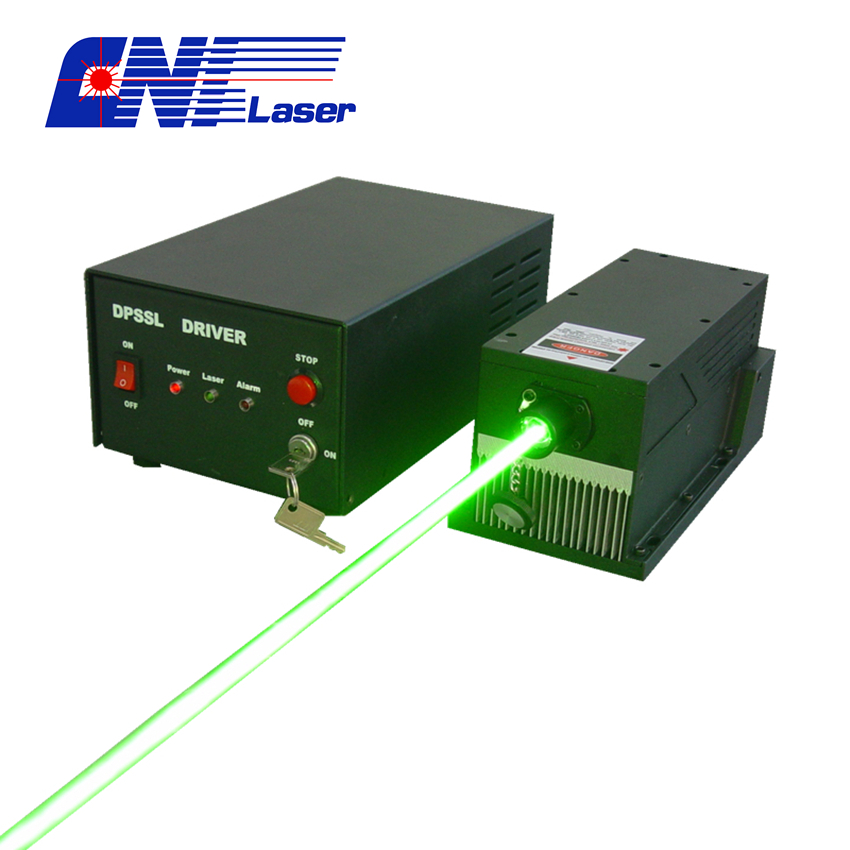Compared with the existing lithium-ion batteries, lithium-sulfur batteries using elemental sulfur as the positive electrode and lithium metal as the negative electrode have higher energy density, lower raw material cost and better environmental affinity. However, limited to the cycle life is too short, lithium-sulfur batteries can not yet be practical applications in the field of large-scale energy storage and electric vehicles. Recently, "Proceedings of the National Academy of Sciences," published an online article said that scientists will be an ultra-thin ultra-thin surface composite membrane brush coated to the surface of the sulfur electrode, so that the life of lithium-sulfur batteries significantly improved. The first author of the paper, Liu Wen, a professor at the Faculty of Science at Beijing University of Chemical Technology, said in an interview with reporters: In theory, lithium-sulfur batteries can achieve three times the storage density of existing lithium-ion batteries and ease the mileage anxiety of electric vehicles. However, the charge and discharge intermediates of the sulfur electrode dissolve into the electrolyte solution, causing the loss of sulfur and side reactions, resulting in failure of the lithium-sulfur electrode after several weeks of use. Since the advent of lithium-sulfur batteries in the 60s of last century, scientists have been devoted to improving the stability of the sulfur electrodes. Liu Wen and Wang Hailiang, an assistant professor of chemistry at Yale University, developed a simple and easy method of simply mixing a dendrimer containing a specific functional group (amide) with graphene and then coating the surface of a sulfur electrode to form a composite film. Through the surface of the composite membrane protection, lithium-sulfur battery to achieve more than 1000 stable cycles. Through this technology, is expected to create a lighter weight, better performance, cheaper car batteries and improve the battery life of electric vehicles. In addition, the research team also investigated the interaction between the composite membrane and the charge-discharge intermediate of the battery through experiments and theoretical calculations, and determined the chemical sulfur-fixing mechanism in the lithium-sulfur battery. Compared with the previous studies, the composite membrane can effectively improve the cycle performance of the lithium-sulfur battery with almost no additional volume or weight, so that the lithium-sulfur battery is one step closer to practical use.
Green lasers include DPSS (diode-pumped solid-state) Laser and Diode Laser . They are widely used in photodynamic therapy, laser communication and material analysis etc.Fllowing wavelength are available for Green Laser : 501 nm 514 nm 515 nm 522 nm 523.5 nm 526.5 nm 532 nm 540 nm 543 nm 550 nm 552 nm 555 nm 556 nm 561 nm
Green High energy laser: energy >450 mJ;
Green Laser Green Laser,Solid Green Laser,Compact Green Laser,Medical Treatment Green Laser Changchun New Industries Optoelectronics Technology Co., Ltd. , https://www.lasersciences.com
Green narrow pulse width: pulse width <0.8 ns;Green High Power Laser: power >200 W;
Green high stability laser: stability <0.1%;
Green Low Noise Laser: noise <0.25%;
Green Single Longitudinal Mode Laser: line width <0.00001 nm.
Green high power laser: power >200 W;
Green high stability laser: stability <0.1%;
Green low noise laser: noise <0.25%;
Green single longitudinal mode laser: line width <0.00001 nm.

